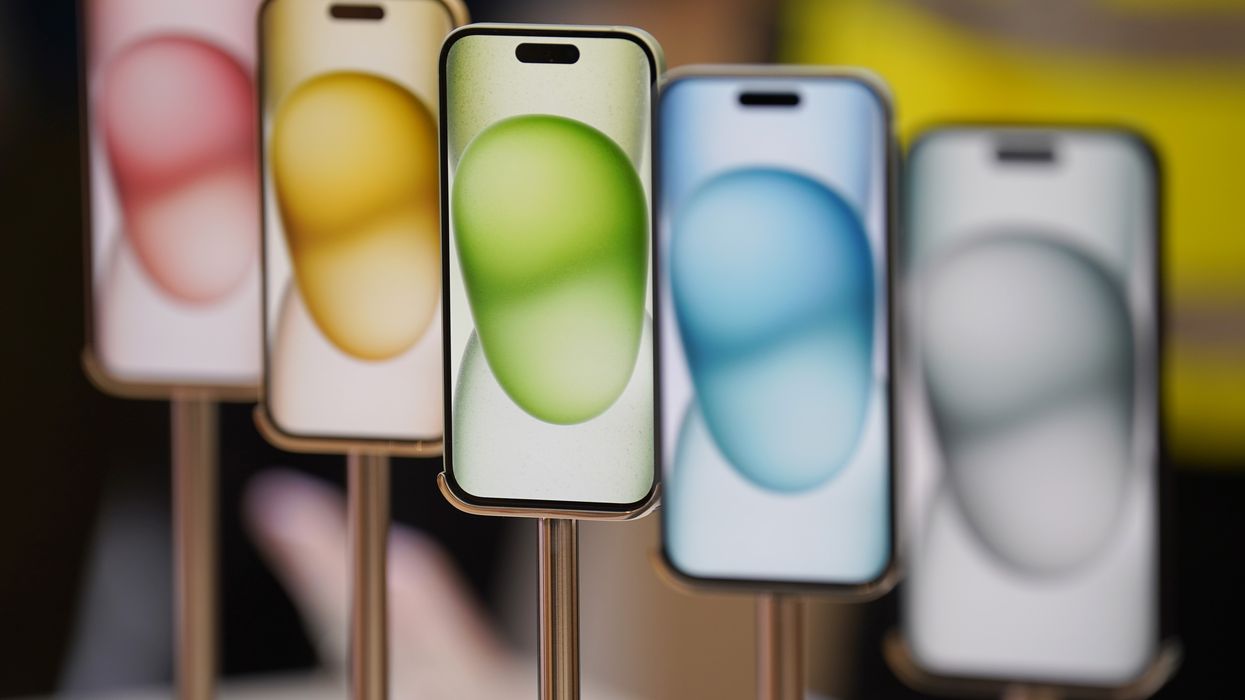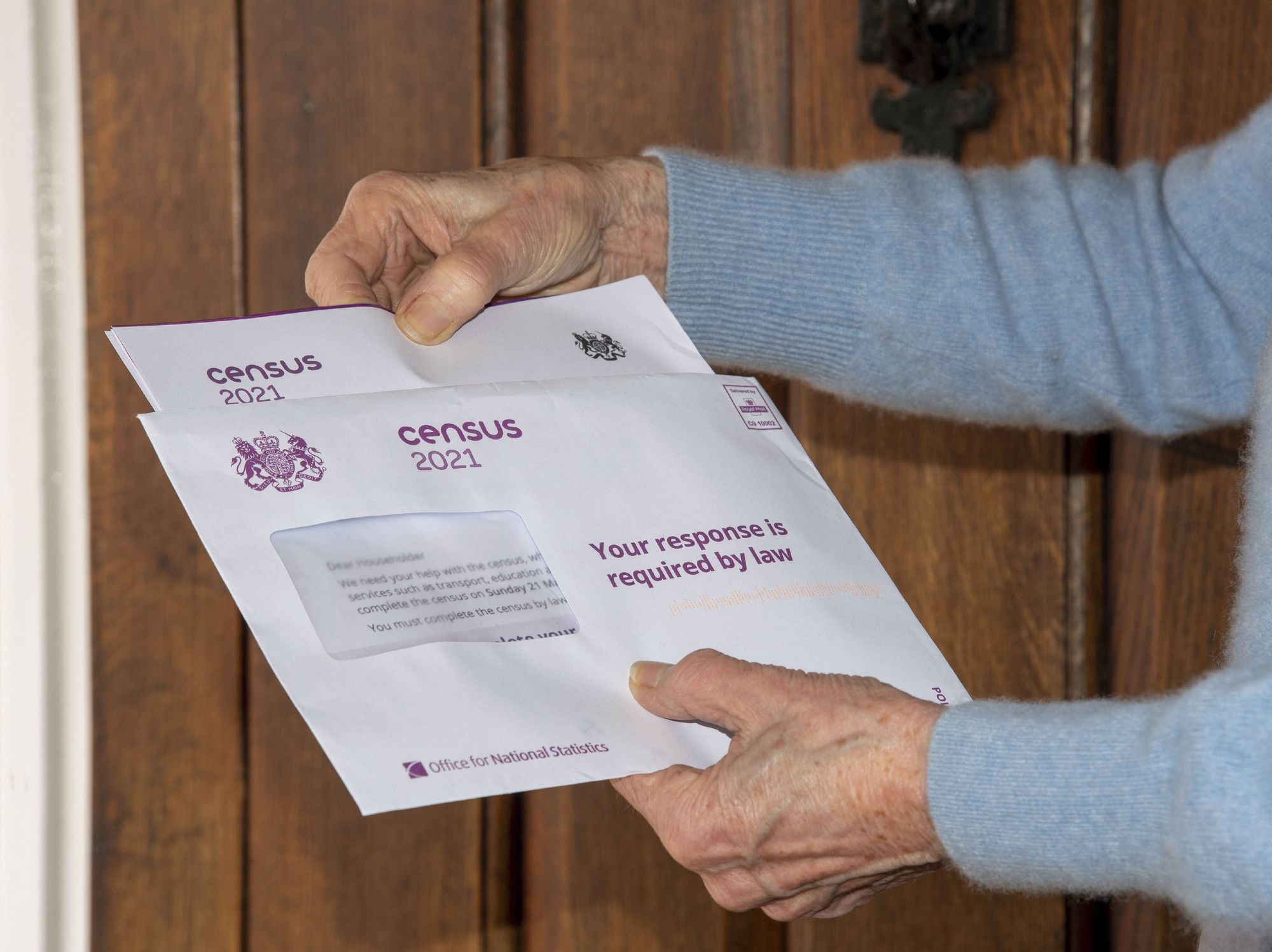Broken iPhone? Apple just made a major change that could cut the cost of fixing its smartphones

If you have Activation Lock enabled, Apple will block parts from your iPhone being used in repairs for other handsets — making things much tougher for criminals who want to use stolen devices for parts
|PRESS ASSOCIATION

Used components can be used in repairs for the first time
- Apple will allow second-hand, genuine parts to be used in iPhone repairs
- Until now, this would trigger a warning on your iPhone
- It could block certain features, like Face ID facial recognition
Don't Miss
Most Read
Latest
Repairing an iPhone could be about to become much more affordable — and better for the planet, under new plans announced by Apple. For the first time, the Californian company will allow iPhone owners to repair their devices with genuine, used parts as part of a major shake-up to its repair scheme.
Until now, using a second-hand component in a repair would trigger a warning within iOS stating that Apple could not verify the replaced part. In the case of some critical parts, like Face ID or Touch ID sensors to unlock the handset or verify contactless payments, the part might not work at all.
This occurred because your iPhone would need to match the serial number of the device with that of a new part, sold by Apple. The same error would occur when using an unofficial component too.
With the latest shake-up, Apple says it has enhanced the serial number verification system so that “calibration for genuine Apple parts, new or used, will happen on-device after the part is installed."
The company said “future iPhone releases” will also have support for used biometric sensors.
There's no word on how this new policy will impact pricing, but it's likely that we'll see a slew of more affordable used components that can be used in repairs. Apple currently charges £169 to repair the rear camera on an iPhone 15 and £289 for a cracked screen on the iPhone 14.
“At Apple, we’re always looking for new ways to deliver the best possible experience for our customers while reducing the impact we have on the planet, and a key part of that means designing products that last,” John Ternus, Senior Vice President of Hardware Engineering, announced.
“For the last two years, teams across Apple have been innovating on product design and manufacturing to support repairs with used Apple parts that won’t compromise users’ safety, security, or privacy. With this latest expansion to our repair programme, we’re excited to be adding even more choice and convenience for our customers, while helping to extend the life of our products and their parts.”
As part of its update, the iPhone maker also announced that it was extending its Activation Lock feature – traditionally used to block a lost or stolen iPhone from being reactivated – to iPhone parts in its repair ecosystem.
That means anyone trying to repair an iPhone with a component taken from a smartphone with Activation Lock or Lost Mode enabled will trigger a restriction during the calibration process. This should block criminals from stealing iPhones with the aim of stripping down the handset for spare parts to use in repairs or sell separately.
Activation Lock is enabled automatically when you set up Find My.
LATEST DEVELOPMENTS
- Don't change your passwords ― delete them altogether!
- Is your TV watching YOU? Critical flaw discovered in LG TVs
- Thousands still unaware of UK landline switch-off
If you rely on this clever feature — previously called Find My iPhone — to keep tabs on your iPhone, iPad, Mac, or other Apple devices, the Californian company has already stored your Apple ID on its activation servers and linked it to your device.
This means your Apple ID password or device passcode will be required before anyone can turn off Find My, erase your device, or reactivate and use your device with a different account. And following the latest announcement from Apple, it will also block any spares salvaged from the iPhone being used in repairs.
Additional Reporting By Martyn Landi, PA Technology Correspondent










